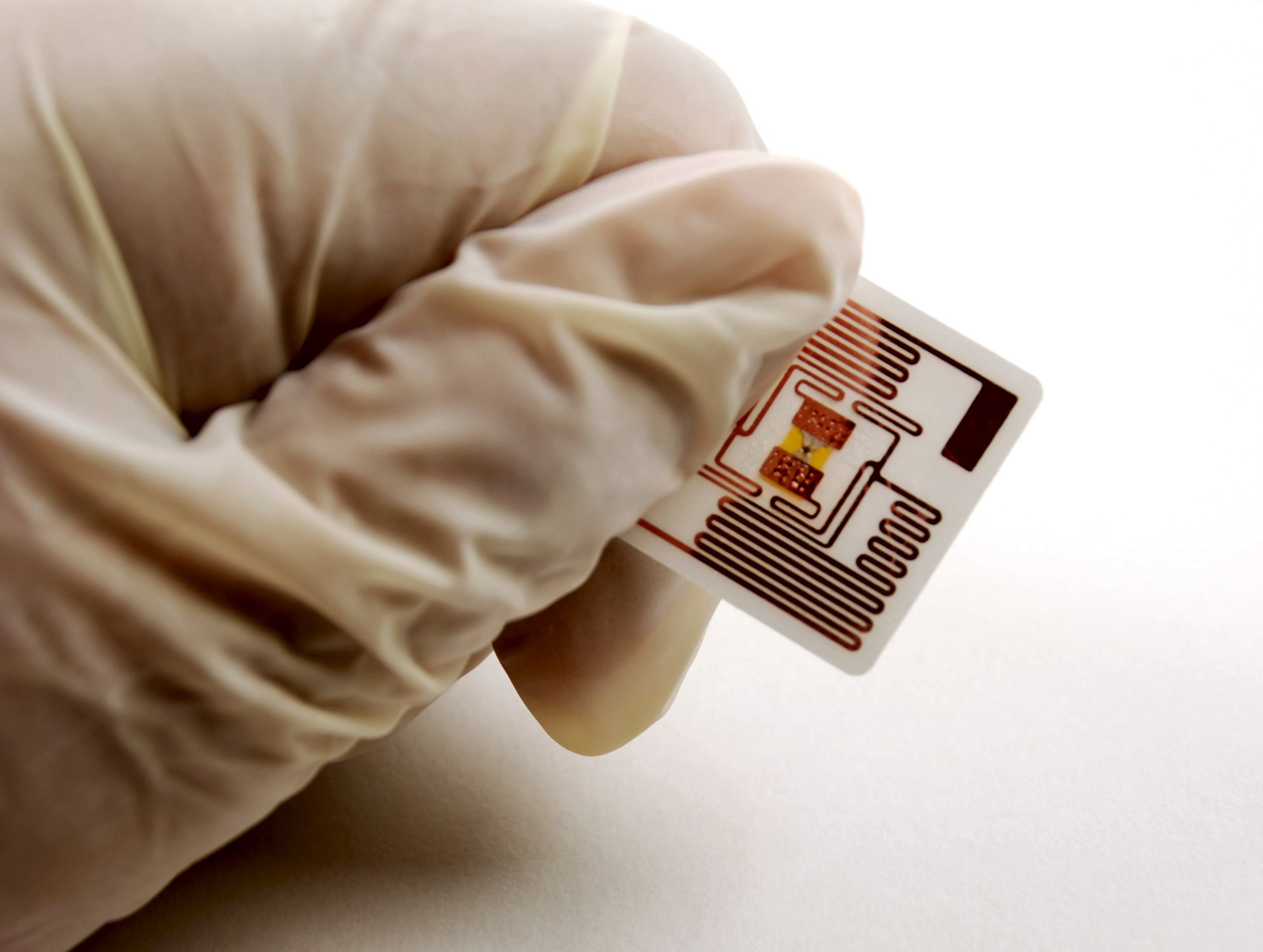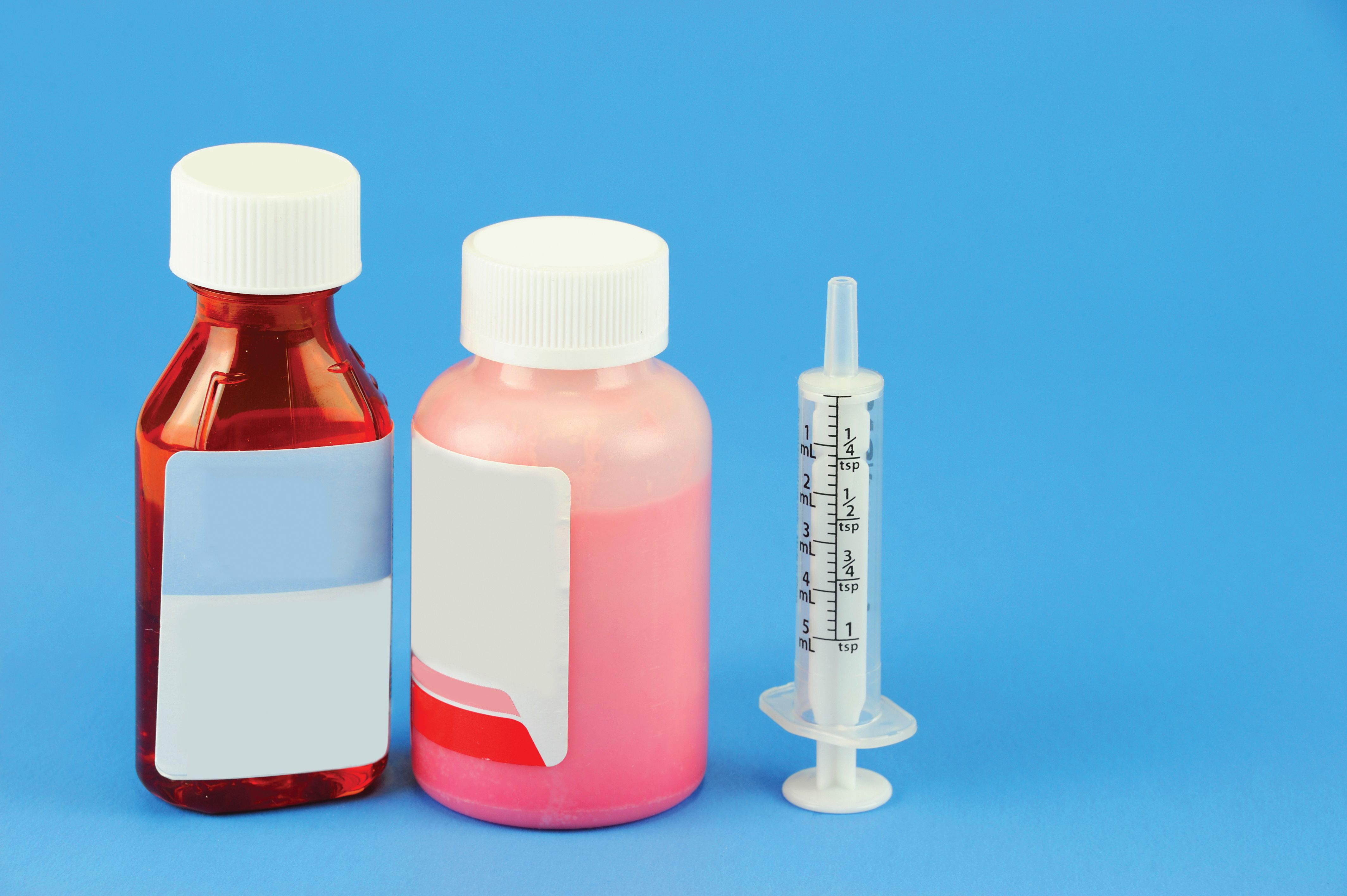Article
Equipment and Processing Report
Equipment and Processing Report
University Research Centers Transfer Continuous Manufacturing Technology to Industry
Author(s):
Engineering groups at Rutgers and MIT constructed solid-dosage continuous manufacturing lines and transferred the technology to pharmaceutical industry partners.
Continuous solid-dosage manufacturing that uses quality by design (QbD) for process set-up and process analytical technology (PAT) for continuous, real-time process control is a vision that is starting to become a reality. In the past year, research at university-based consortiums has been transferred to the pharmaceutical industry.
Researchers at Rutgers, the State University of New Jersey, in the Engineering Research Center for Structured Organic Particulate Systems (C-SOPS), successfully connected traditional unit operations to form a continuous direct compaction tableting process. C-SOPS, based on the Rutgers University campus and in partnership with Purdue University, The New Jersey Institute of Technology, and The University of Puerto Rico at Mayagüez, brings together a cross-disciplinary group of engineers, scientists, and industry leaders from academia, pharmaceutical manufacturers, and equipment manufacturers. C-SOPS has been investigating continuous manufacturing concepts since 2006 and has worked on both the fundamental science and commercialization of advanced pharmaceutical manufacturing. In 2012, C-SOPS collaborated with Janssen to develop a direct compaction line using continuous manufacturing principles. The continuous direct-compaction line replaces the traditional multistage batch process by integrating feeders, mills, blenders, and a tablet press into a single continuous process. C-SOPS researchers built a full-scale production line at Rutgers to test concepts and define a design space. Janssen is now constructing a line based on that design, which is hoped to be operational in 2014.
In developing the line, C-SOPS researchers defined parameters and performed design-space experiments to evaluate the effect of parameter changes. “Because the process is continuous, we were able to measure parameter-change effects in nearly real-time; we performed a full set of design experiments with dozens of conditions, in hours rather than days to weeks, and used a fraction of the API needed for batch processing,” explains Douglas Hausner, associate director for industrial relations and business development at C-SOPS.
A major challenge in developing continuous manufacturing is process control. “Control systems must be integrated with PAT using closed loop control and process management in order to fully implement QbD and completely control the system,” says Hausner. C-SOPS continues to work on process control integration within its production-scale Continuous Pharmaceutical Advanced Manufacturing Laboratory (CpAML). At this facility, process-control hardware and software from various vendors are used with existing and emerging PAT in a production-scale pharmaceutical manufacturing facility. The environment allows research to be performed in an industrially realistic environment.
The Novartis–MIT Center for Continuous Manufacturing (CCM), based at the Massachusetts Institute of Technology (MIT), used a different approach to develop an API-to-coated tablet continuous manufacturing prototype. The Novartis–MIT CCM started the beginning of a 10-year partnership in late 2007 and completed its prototype, end-to-end continuous manufacturing line, which begins with forming the API and ends in coated tablets, in late 2011. The system was put together entirely from scratch and is completely new to drug manufacturing. In 2012, CCM completed its work of fully integrating a control system that automates the process as a whole by using mathematical models. CCM researchers also published work in continuous reactive crystallization, which is integrated directly into the end-to-end process (1). MIT researchers are now focused on translating various technologies for transfer to Novartis, says Bernhardt Trout, director of the center and chemical engineering professor at MIT. Novartis has set up its own unit to implement continuous manufacturing on the pilot and ultimately to full-production scales and is planning to implement continuous manufacturing technologies across its entire portfolio, once testing at the upcoming pilot plant is successful.
Reference:
- S.Y. Wong, et al., Cryst. Growth Des. 12 (11) 5701-5707 (2012).
Newsletter
Get the essential updates shaping the future of pharma manufacturing and compliance—subscribe today to Pharmaceutical Technology and never miss a breakthrough.





